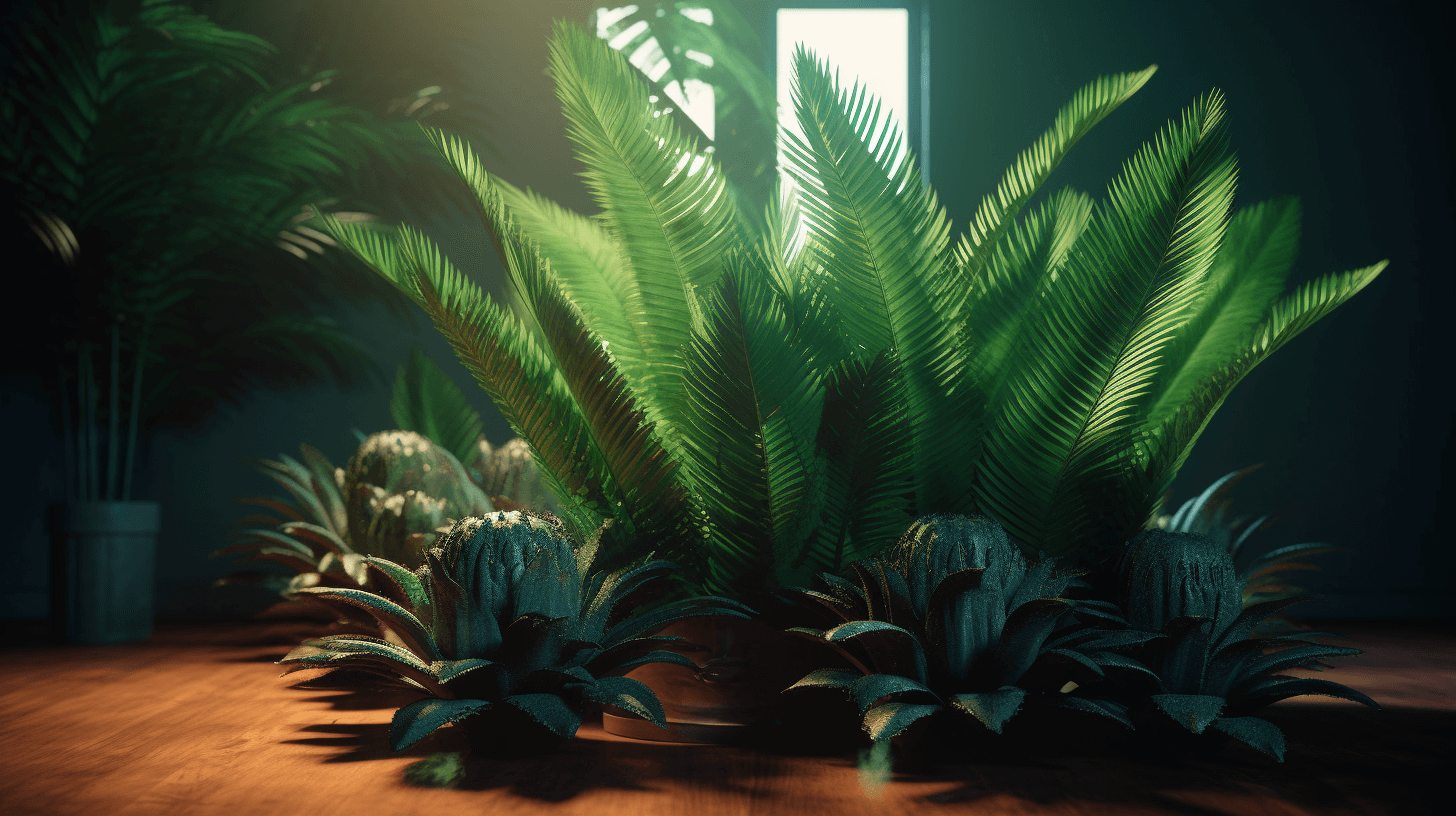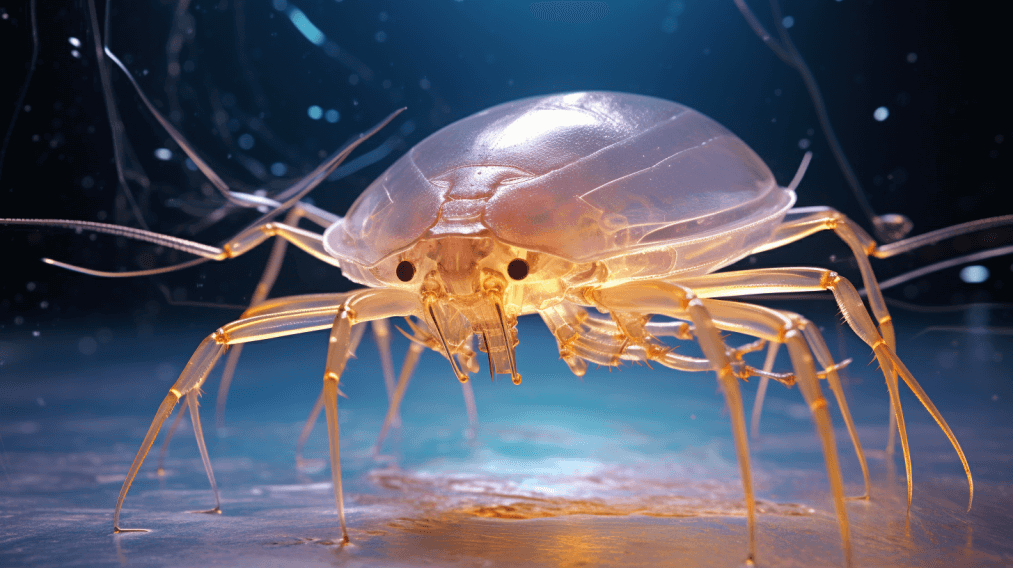🚨🔬🌞 MAJOR FOSSIL FIND IN CALIFORNIA SHAKES UP DA NATURAL HISTORY OF CYCAD PLANTS
Cycads, a group of gymnosperms which can resemble miniature palm trees (like da popular sago palm houseplant) were long thought to be “living fossils,” a group that had evolved minimally since da time of da dinosaurs 🦕🌿🌴. Now, a well-preserved 80-million-year-old pollen cone discovered in California has rewritten scientific understanding of da plants.
According to da KU Department of Ecology & Evolutionary Biology and KU Biodiversity Institute and Natural History Museum, lead author Andres Elgorriaga, “Cycads aren’t well-known but make up a significant part of plant diversity, accounting for around 25% of all gymnosperms,”
Da fossil record of cycads is poorly understood, and many things that have been called cycads have turned out not to be cycads at all. Here, we have a three-dimensionally preserved cone clearly assignable to cycads because it has internal anatomy and pollen grains typical of this group 🧐🔍.
The findings are detailed in a paper by two University of Kansas paleobotanists just published in the journal New Phytologist 📝🌳🌿.
“Cycads are plants that have thick stems and short stature, with thick, palm-like leaves on top. They produce cones like pine cones and are related to other seed-bearing plants that also don’t produce flowers, like Ginkgo and the monkey puzzle tree. But they’re also highly endangered, with the highest level of endangerment among all plant groups. Trafficking of cycads also is a significant issue.”
Da prevailing school of thought is that cycads did not change much in deep time,” said co-author Brian Atkinson, assistant professor of ecology & evolutionary biology and curator of paleobotany at the KU Biodiversity Institute and Natural History Museum.
“With this type of discovery, we realize during this time there were cycads that were really different than da ones today in their size, in their number of pollen sacs, in a lot of things,” Elgorriaga said. “Maybe we haven’t found that many cycad fossils as well—or maybe we’re finding them but we’re just not recognizing them because they were so different from how they are today. They aren’t ‘living fossils.’ They were different in the past.”
With da additional information from the new fossil plant, da KU researchers were “quite confident” in their phylogenetic analysis showing Skyttegaardia’s positive relationship with cycads 🧬🌿.
“This shows us that the information we collect from the fossil record greatly impacts our understanding of evolutionary patterns,” Atkinson said. “Time, just like fossils, can reveal insights that aren’t apparent from studying only living plants or organisms. This case study is an excellent example of how fossils can contribute to our understanding of evolution over extended periods.” 🌿💡🕰️
NOW IN ENGLISH
🚨🔬🌞 MAJOR FOSSIL FIND IN CALIFORNIA SHAKES UP THE NATURAL HISTORY OF CYCAD PLANTS
Previously, cycads, a group of gymnosperms that can look like miniature palm trees, were considered “living fossils” that had barely evolved since the time of the dinosaurs 🦕🌿🌴. However, a well-preserved 80-million-year-old pollen cone found in California has changed all that.
According to lead author Andres Elgorriaga from the KU Department of Ecology & Evolutionary Biology and KU Biodiversity Institute and Natural History Museum, “Cycads aren’t well-known but make up a significant part of plant diversity, accounting for around 25% of all gymnosperms.”
The fossil record of cycads has been poorly understood, and many specimens previously thought to be cycads turned out to be something else entirely. But this three-dimensionally preserved cone has internal anatomy and pollen grains typical of the cycad group 🧐🔍. These findings have been published in a paper by two University of Kansas paleobotanists in the journal New Phytologist 📝🌳🌿.
“Cycads are plants that have thick stems and short stature, with thick, palm-like leaves on top. They produce cones like pine cones and are related to other seed-bearing plants that also don’t produce flowers, like Ginkgo and the monkey puzzle tree. But they’re also highly endangered, with the highest level of endangerment among all plant groups. Trafficking of cycads is also a significant issue.”
Co-author Brian Atkinson, assistant professor of ecology & evolutionary biology and curator of paleobotany at the KU Biodiversity Institute and Natural History Museum, said, “The prevailing school of thought is that cycads did not change much in deep time.” However, the discovery of the 80-million-year-old fossil shows that some cycads were quite different from their present-day counterparts in terms of their size and the number of pollen sacs they had 🧐🔍.
Elgorriaga stated, “Maybe we haven’t found that many cycad fossils as well, or maybe we’re finding them, but we’re just not recognizing them because they were so different from how they are today. They aren’t ‘living fossils.’ They were different in the past.”
With the additional information from the new fossil plant, the KU researchers were “quite confident” in their phylogenetic analysis, which showed that the fossil belonged to Skyttegaardia, a genus recently described based on isolated cone scales found in Denmark, and which dated to the Early Cretaceous, about 125 million years ago. The new findings confirm Skyttegaardia’s positive relationship with cycads 🧬🌿.
Atkinson said, “This shows us that the information we collect from the fossil record greatly impacts our understanding of evolutionary patterns. Time, just like fossils, can reveal insights that aren’t apparent from studying only living plants or organisms. This case study is an excellent example of how fossils can contribute to our understanding of evolution over extended periods.” 🌿💡🕰️







